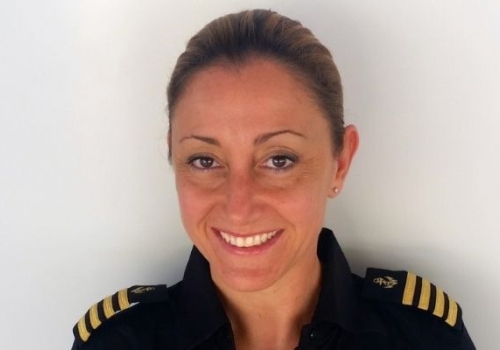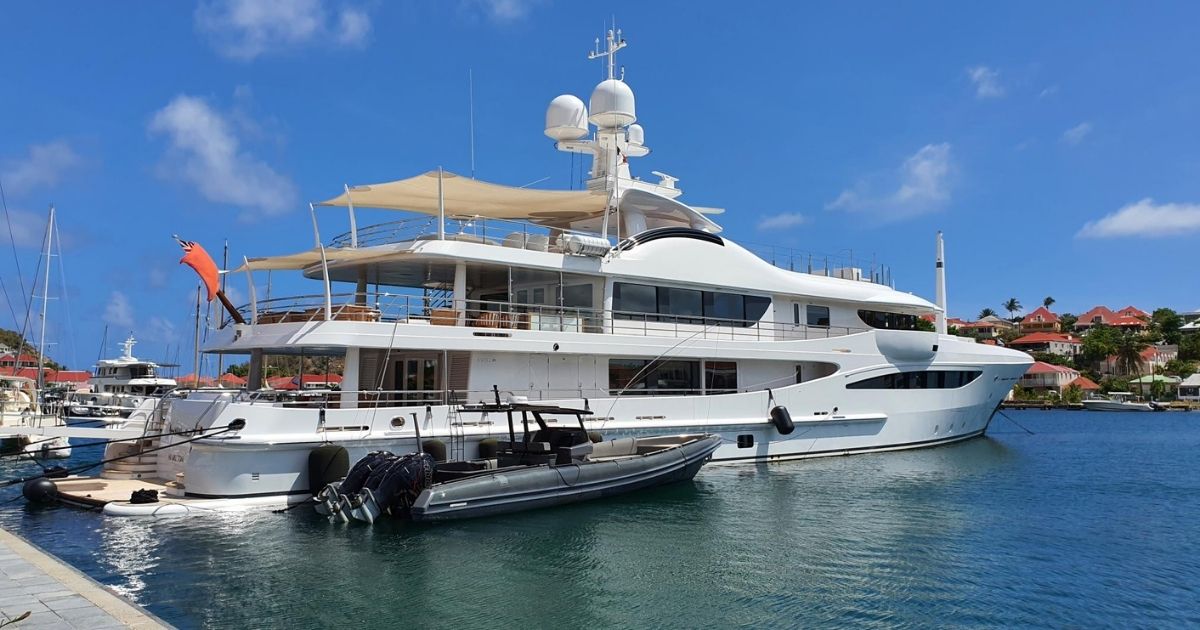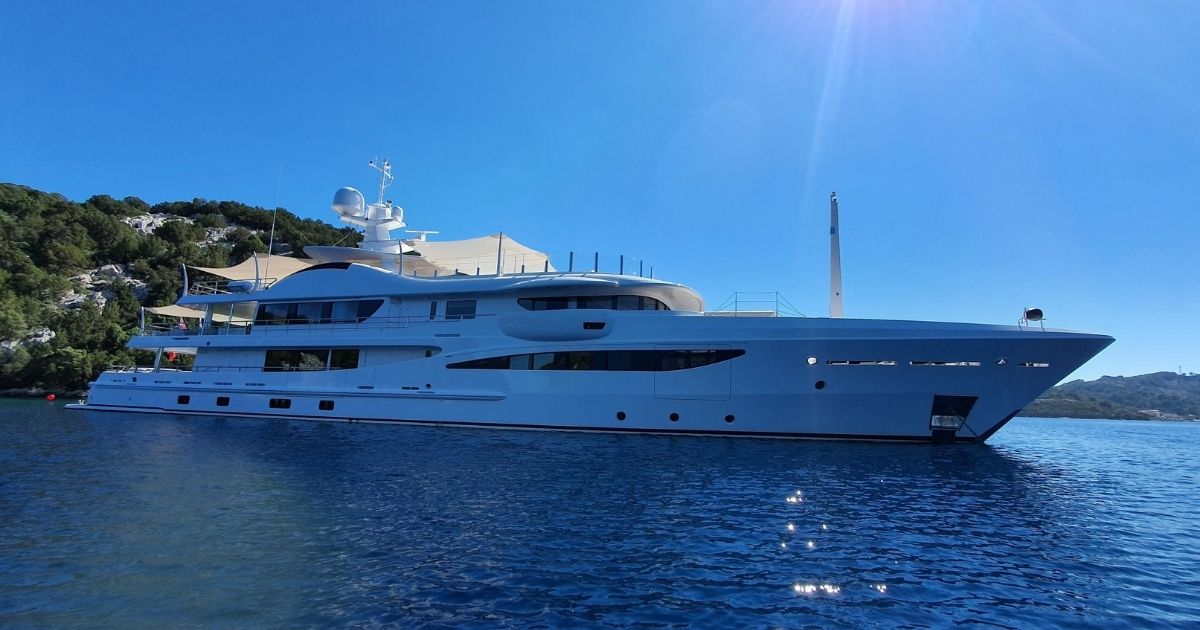From the Helm: DYT to the Rescue

The yachting industry has shown such resilience throughout the global pandemic. Though travel restrictions and quarantine requirements have changed where and how owners have enjoyed their yachts, for most, the myriad positives of being aboard have far outweighed the negatives. For veteran DYT client Captain Maria Grazia Franco, calling upon our yacht transport service has become a necessity.
Captain Franco first used DYT Yacht Transport’s nifty flo-flo services in 2015 when, as captain of MY Mariu, she took the Caribbean to Mediterranean sailing schedule, departing Martinique for Italy’s major seaport of Genoa.
“We had a problem with the generator while we were in the Caribbean, and for us, it was more convenient to take the yacht transport back and do proper maintenance once we arrived in the Med,” she explains. “But it was also a chance for the crew to rest. We had done back-to-back time on board during a very long summer season, which ended three weeks before the crossing, so the owner saw the benefit of resting the crew alongside the need to get the technical problem fixed. The two weeks the yacht was with DYT was my only annual leave!”
In 2019, when she took the helm of 55m Amels-built motor yacht Halo, Captain Franco didn’t need to convince her new boss about the merits of the transport service. Halo was already using DYT, routinely crossing between Palma/Genoa and Martinique for the summer and winter seasons.
“We have a 12m tender that we can’t store on board, so we tow it. Pulling a tender across the Atlantic is not really an option. You can try it, but you may not have a tender anymore once you reach your destination! So, sending the yacht with the tender to cross with DYT is a lot more practical,” she says.
Among her top reasons for choosing yacht transport, mitigating risk of damaging the yacht is a big one. “The rough conditions create real wear-and-tear and considering the costs of maintenance for our generators and engines, not to mention fuel costs, makes it wholly convenient. If we lost the tender or damaged the yacht while attempting an Atlantic crossing, the costs would be far greater than the cost of transport with DYT.”

MY Halo
There’s a welcome confidence that comes with relying on a regular service, says Captain Franco. Recognition of the yacht support crew, familiarity when dealing with administrative personnel, admiration for the smooth running of the float-on, float-off organisation, and the peace of mind that both yacht and crew are being looked after.
“When we loaded Mariu on to DYT’s semi-submersible vessel in Martinique, it was pretty windy conditions. Because I only had one generator, I was operating without a bow thruster. Luckily, I knew Mariu well, but the DYT crew were surprised to see me not use the bow thruster. When I explained it was broken, they were very complimentary – it was definitely quite challenging!”
An engineer and deckhand usually make the crossing with Halo to keep onboard systems running and to carry out cleaning and maintenance during the passage. All of this contributes to sticking to a tight schedule, as Halo launches straight into the winter season welcoming guests on board as soon as she arrives in the Caribbean. The swift crossing is another help, adds Captain Franco, who estimates the sailing schedule from Palma to Martinique typically only takes a couple of weeks, factoring in fuel stopovers and weather conditions. “As a 55m yacht, ocean crossings can be quite difficult, and in bad weather we have to reduce our speeds considerably,” she explains. “So, a DYT crossing doesn’t lose us any time. I only ever use DYT as a yacht carrier service, and we tend to stick to the same sailing schedules.”

MY Halo
When Covid-19 struck last year, the situation changed. “We were in the Caribbean during lockdown and unable to leave until June,” explains Captain Franco. “There was no available yacht transport at that time, so we decided to leave our tender behind and took the difficult decision to make the Atlantic crossing back to Barcelona ourselves.”
The plan was to pick the tender up when they returned to the Caribbean, but then Halo went into the shipyard for five months of maintenance. “Our tender was left sitting in the Caribbean for almost a year, which is why we decided to ship the tender back on its own with DYT aboard Yacht Express. To be able to do that was a huge benefit. The pandemic would have left us without a tender for two years if DYT’s yacht transport service didn’t exist.”
For smaller yachts that don’t have the range to manage an Atlantic crossing, yacht transport is a lifeline. But for larger yachts like Halo that can manage the crossing if needed, the incentives are more subtle. A savvy yacht owner will always consider all possibilities to mitigate unnecessary costs, but in Captain Franco’s case, all to date have concluded that it was of benefit to everyone.
“There is an obvious advantage for 50/60m yachts that tow large tenders like us, and rest for the crew is a huge factor. That said, most of my crew are on rotation, apart from me – I don’t have a relief captain – and rest for the captain is important, too,” she laughs. “Owners do understand the need for it, though. There are costs, but when you balance the risk and expense of taking the boat and tender independently, yacht transport more than makes sense.”

Post your comment
You cannot post comments until you have logged in.
Login to post a commentComments
No one has commented on this page yet.
RSS feed for comments on this page | RSS feed for all comments